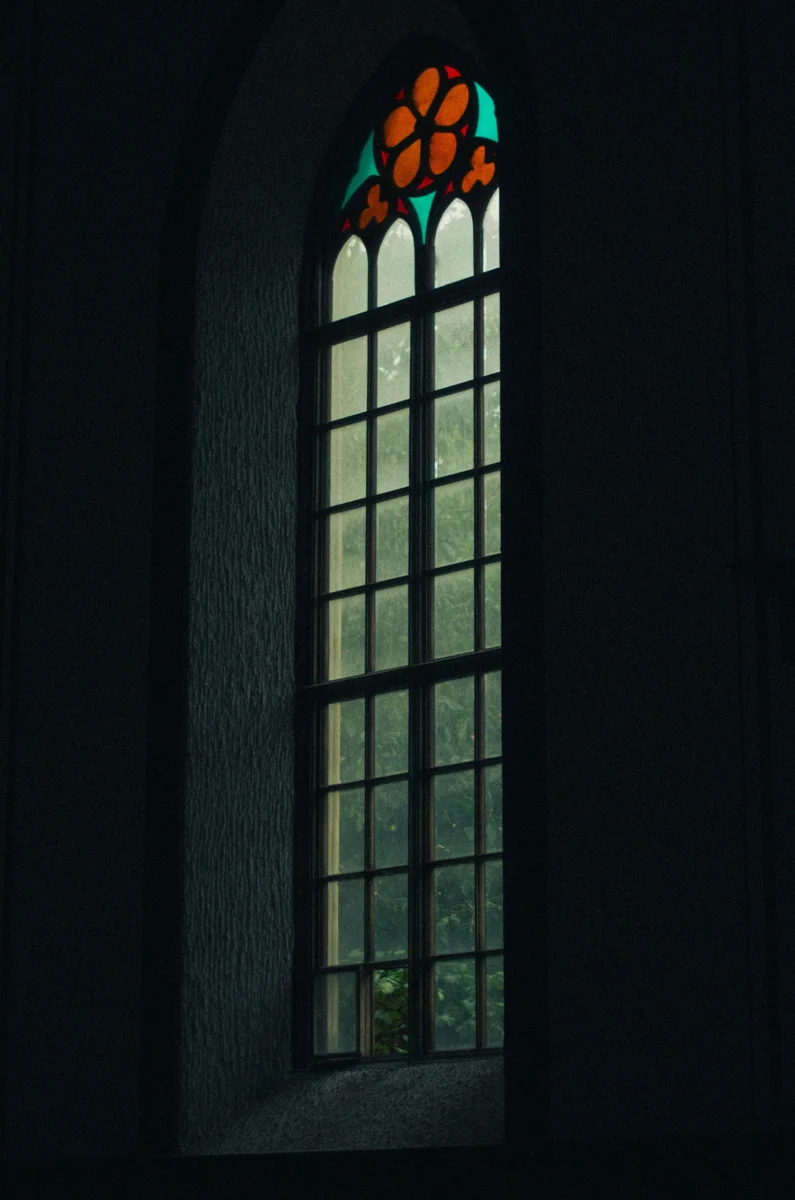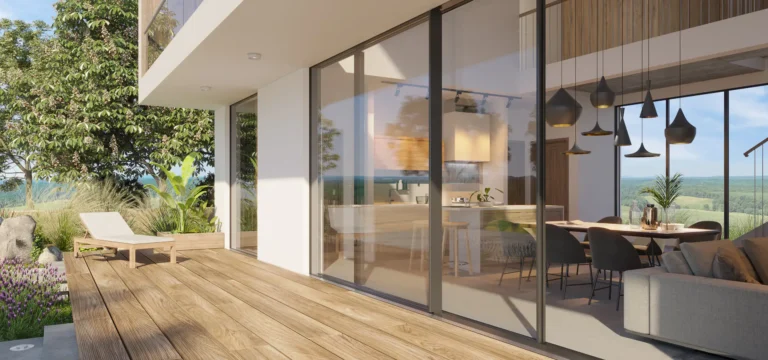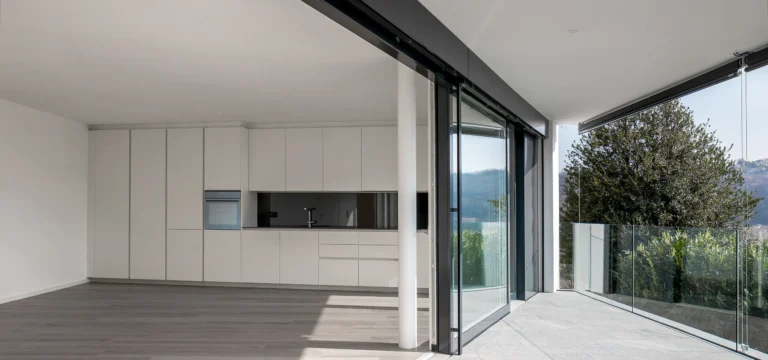- From sand to the first window panes
- The History of Flat Glass and the First Windows
- Modern windows: insulation, safety and aesthetics
- The Future of Glass: Ecology and New Technologies
From sand to the first window panes
The first glass was created by accident – as a result of extremely high temperatures, which occurred as a result of volcanic eruptions or intense desert fires. Molten sand turned into a glassy substance, the properties of which have intrigued people since the ancient times. This is where the history of glass begins. At first, it was just a natural phenomenon, but over time, ancient civilizations began to deliberately experiment with sand and fire. Around 5 thousand years ago, Egyptians and Mesopotamians mastered the art of glassmaking, shaping decorative beads, amulets and vessels from it. However, it was opaque glass, often colored with copper, cobalt or manganese. This gave it intense colors – from deep green to intense blue.
The real breakthrough came in Roman times, when the technique of blowing glass using a metal tube was invented. This allowed for faster production and the creation of larger, thinner and more transparent products. It was then that the first glass windows began to appear, although they were far from being perfect today. They were opaque, uneven and full of air bubbles. Nevertheless, compared to animal skin or parchment, which were previously used to cover openings in buildings, they were a revolutionary solution, letting more light into the interior. Glass panes began to appear in wealthy Roman homes, and later in public buildings. This paved the way for the development of modern architecture.


The History of Flat Glass and the First Windows
In the Middle Ages, the history of glass gained momentum with the development of glassworks, especially in Italy and France, which became true centers of innovation. Specialized craft centers were established, where techniques for the production and processing of this extraordinary material were perfected. During this period, stained glass became particularly popular – colorful compositions of glass connected by lead frames, which became the hallmark of Gothic cathedrals and churches. Intricately decorated windows not only let light into the interior, but also created a unique atmosphere, and their production required masterful skills. Venetian craftsmen from the island of Murano improved the technique of glass production, introducing more transparent and shiny products, including the first high-quality mirrors, which gained great recognition throughout Europe.



Although glass became more widely available, its production was still expensive and time-consuming. The glass sheets used in buildings were small and uneven, often mounted in windows in the form of small pieces held together by lead. The history of glass reached a turning point in the 19th century, when the technology of producing rolled glass was invented. This process involved passing molten glass between rollers, which allowed for larger, thinner and more uniform sheets, and thus lowering their production costs.
However, the real revolution in glassmaking came with the discovery of the float method in the 1950s. This process, developed by Sir Alastair Pilkington, involved pouring molten glass onto the surface of liquid metal (usually tin), which made the sheet perfectly smooth and uniform.
Modern glass: insulation, safety and aesthetics
Today, glass is not only transparency and aesthetics, but also high functionality. In our company, we produce modern glass inserts in our own Insulating Glass Production Plant . Thanks to this, we have full control over the quality and insulation parameters of the glass, which translates into better energy efficiency and durability of our windows.
The use of insulating glass allows for:
- Better thermal insulation , which reduces heating costs.
- Noise reduction thanks to the use of glass of different thicknesses.
- Safety , through the use of tempered or laminated glass.
- Aesthetics and comfort , adapted to modern architectural trends.
The Future of Glass: Ecology and New Technologies
Currently, the development of glass technology focuses on its energy efficiency and ecology. Low-emission glass, photovoltaic glass or recycled glass are directions that are revolutionizing the industry. In our plant, we strive to implement modern technologies so that our windows are not only beautiful, but also ecological and functional.



